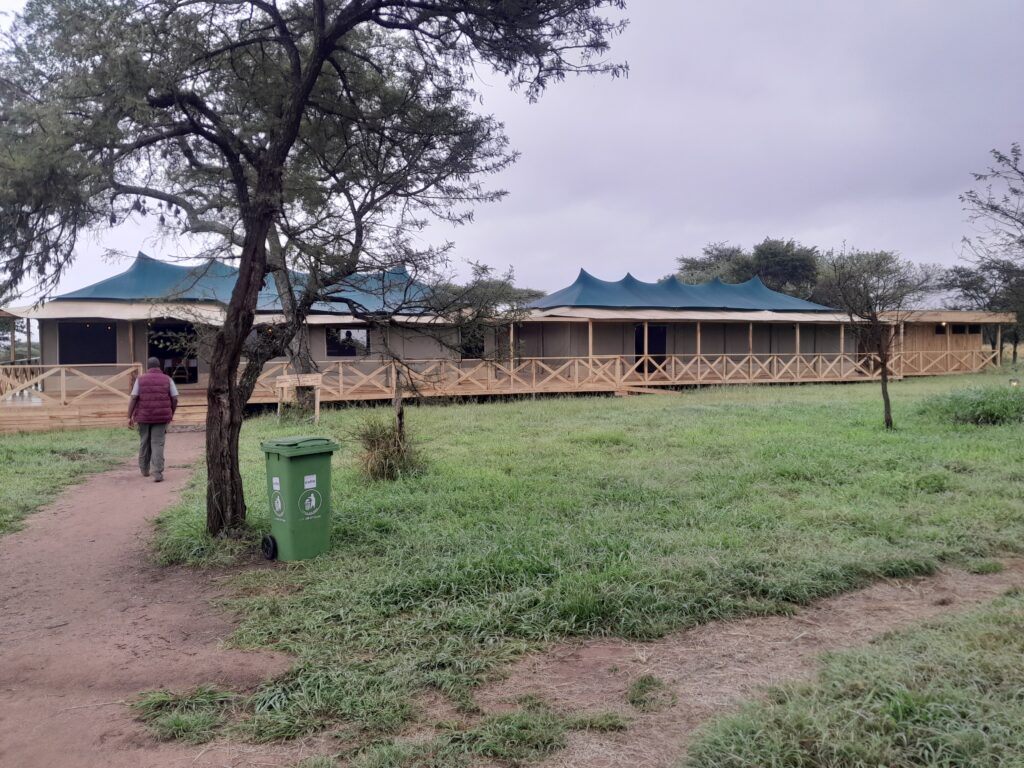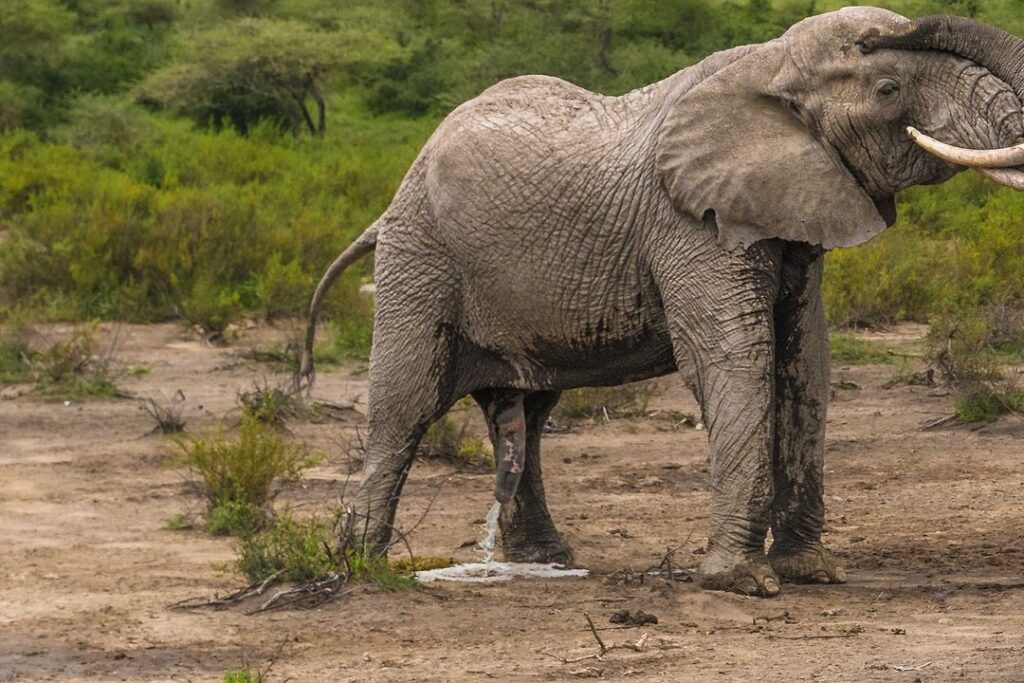Ruaha National Park Safari: Your Ultimate Guide to Tanzania’s Hidden Gem
Introduction to Ruaha National Park Safari
Welcome to Ruaha National Park, Tanzania’s largest and most underrated safari destination. If you’re looking to escape the crowds and dive into untouched wilderness, Ruaha should be at the top of your list. It’s wild, it’s remote, and it’s brimming with life.
Where is Ruaha National Park?
Ruaha is nestled in southern Tanzania, far from the well-trodden paths of the northern safari circuit. It’s part of the Southern Circuit and spans over 20,000 square kilometers. Think about that—it’s nearly the size of Rwanda!
Why Choose Ruaha Over Other Parks?
Unlike Serengeti or Ngorongoro, Ruaha offers a more exclusive and private safari experience. Fewer lodges mean fewer tourists, so you get the luxury of peace and plenty of space to yourself. It’s like having your own private safari kingdom.
Getting to Ruaha National Park
Flights and Airstrips
The quickest way to get to Ruaha is by flying into the park. Daily flights run from Dar es Salaam, Arusha, and Zanzibar to the Msembe Airstrip inside the park.
Road Access and Travel Tips
Up for an adventure? You can drive from Iringa, which is about a 4-6 hour journey depending on road conditions. Just make sure you’re in a sturdy 4×4!

Wildlife Experience in Ruaha
The Big Five and Beyond
Ruaha is home to an impressive range of wildlife, including all the Big Five—lions, leopards, elephants, rhinos, and buffalos. But there’s more…
Lions – The Pride of Ruaha
Ruaha boasts one of the largest lion populations in Africa. They rule the plains in large prides, and it’s not uncommon to see 20 or more in one spot.
Elephants – Giants in Great Numbers
With one of East Africa’s largest elephant populations, Ruaha gives you front-row seats to incredible herds trudging along the Great Ruaha River.
Rare Species – Wild Dogs and More
African wild dogs, sable antelopes, and greater kudus? Yep, you’ll find them all here. Ruaha is a haven for rarities.
Birdwatching Paradise
Unique Bird Species in Ruaha
With over 570 recorded species, Ruaha is a birdwatcher’s dream. From colorful bee-eaters to giant eagles, the skies are always full of action.
Best Time for Birdwatching
November to April is the prime time, when migratory birds join the local residents and the landscape is lush and green.
Safari Activities in Ruaha National Park
Game Drives – Morning, Afternoon, and Night
Daytime drives show off the savannah’s grandeur, while night drives reveal the secret nightlife—think hyenas, leopards, and genets.
Walking Safaris – Get Closer to Nature
Led by armed rangers and expert guides, these walks let you experience the bush up close—tracking animals, learning plants, and listening to the wild.
Cultural Tours with Local Tribes
Visit the Hehe or Barabaig tribes to learn about their traditional ways of life. It’s eye-opening and adds a human touch to your wilderness adventure.
Best Time to Visit Ruaha National Park
Dry Season vs. Wet Season
The dry season (June to October) is best for wildlife spotting as animals gather around waterholes. The wet season (November to April) is lush and green with great birdlife.
What to Expect Each Month
June–October: Prime game viewing.
November–March: Green season—beautiful scenery and birding.
April–May: Park may be difficult to access due to heavy rains.

Safari Accommodation in Ruaha
Luxury Lodges
Think private plunge pools, gourmet dining, and views over the river—Jabali Ridge and Ikuka Safari Camp top the luxury list.
Mid-Range Camps
Mdonya Old River Camp and Ruaha River Lodge offer fantastic value with all the comforts you need.
Budget Options
There are a few affordable tented camps outside the park and community campsites for the adventurous traveler.
What to Pack for a Ruaha Safari
Essentials for the Bush
Binoculars
Camera with zoom lens
Insect repellent
Sunscreen
Flashlight or headlamp
Clothing Tips Based on the Season
Pack layers! Mornings can be chilly and afternoons hot. Earthy tones help you blend in and avoid attracting insects.
Cost of a Ruaha Safari
Factors That Affect Safari Pricing
Type of accommodation
Duration of stay
Mode of transport
Time of year
Tips to Save Without Sacrificing Quality
Travel during shoulder seasons
Choose fly-in/fly-out combos
Go for shared game drives
Ruaha for Photographers
Best Spots for Capturing Wildlife
The banks of the Great Ruaha River are gold mines for action shots—elephants, crocs, and birds all hang around here.
Tips for Getting the Perfect Shot
Use a bean bag for stability
Golden hour light = magic
Be patient—Ruaha rewards the waiters
Eco-Tourism and Conservation Efforts
How Ruaha is Preserving Its Ecosystem
Ruaha is part of the Lion Landscapes project, protecting one of the last strongholds for big cats and elephants.
How You Can Support Responsible Tourism
Stay at eco-lodges, avoid plastic, and always respect the wildlife. Your trip can make a positive impact.

Safety and Health Tips
Vaccinations and Medications
Yellow fever, malaria prophylaxis, and typhoid vaccinations are recommended. Always consult your travel doctor.
Staying Safe Around Wildlife
Don’t leave your vehicle unless with a guide. Keep quiet around animals. Respect their space.
Combining Ruaha with Other Parks
Southern Circuit Safari Ideas
Add Mikumi, Udzungwa, or Selous (Nyerere NP) for a more complete southern circuit safari.
Adding Zanzibar for a Beach Finish
After your dusty adventure, fly to Zanzibar for some sun, sea, and Swahili culture.
Insider Tips for First-Timers
What Most Tourists Don’t Know
Ruaha’s remoteness means you often won’t see another vehicle all day. It’s like having a private wilderness to yourself.
Things That Will Surprise You
The silence. The size. The rawness. Ruaha isn’t just a park—it’s an experience.
Conclusion
Ruaha National Park is Africa untamed. It’s where nature thrives, tourists are few, and every sunrise brings new surprises. Whether you’re a seasoned safari-goer or a first-time explorer, Ruaha will steal your heart and fill your camera roll. Ready to go off the beaten path?


